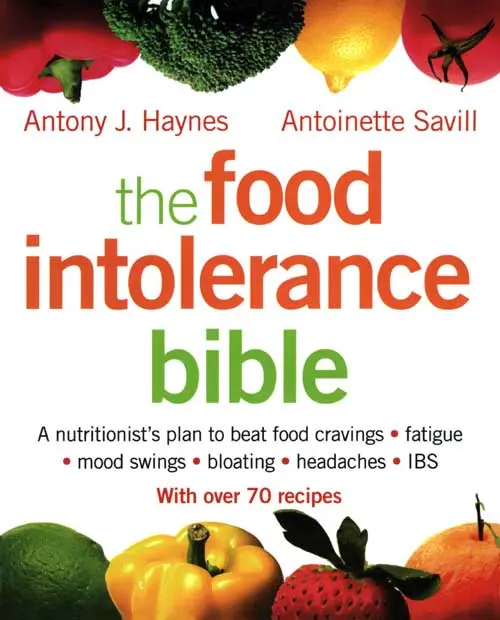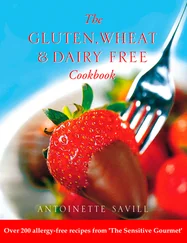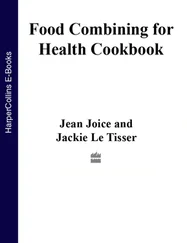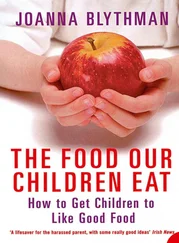
The Food Intolerance Bible
A nutritionist’s plan to beat food cravings fatigue mood swings bloating headaches IBS
Antony J. Haynes and Antoinette Savill

Cover Page
Title Page The Food Intolerance Bible A nutritionist’s plan to beat food cravings fatigue mood swings bloating headaches IBS
Introduction Introduction Why Should I Read this Book? Do you frequently experience abdominal bloating, even when you haven’t over-eaten? Do you have symptoms of Irritable Bowel Syndrome? Do you have periods during the day when your brain simply does not work as it should? Do you suffer from mood swings? Are you abnormally tired? If your answer is ‘yes’ to one, two or more of these questions, then you may well be experiencing the effects of an intolerance to one or more foods. You may have picked this book up because you know or suspect that you react adversely to a food or foods. This book is all about food intolerances and how to deal with them and with connected conditions ranging from Chronic Fatigue Syndrome (ME), an overgrowth of the yeast Candida albicans (thrush), leaky gut syndrome, excessive stress, parasitic infections, Irritable Bowel Syndrome (IBS), brain fog and even skin conditions such as eczema and respiratory problems such as asthma.
Part One Do I Have a Food Intolerance?
1 How Can I Tell If I Have a Food Intolerance?
2 What Tests Can Confirm Food Intolerance?
Part Two Why Do I Have a Food Intolerance?
3 Is It What I Eat?
4 Digestive Difficulties
5 Digestive Enzymes, Yeasts and Parasites
6 How Healthy Is My Intestinal Ecology?
7 ‘Uninvited Guests’
8 Prescription and Over-the-Counter Drugs
9 Intestinal Immunity
10 The Stress Factor
11 Leaky Gut Syndrome
12 The Weight Connection
Part Three Your Action Plan to Beat Food Intolerance
13 Food Intolerance Action Plan
14 Elimination and Challenge or Exclusion Diet?
15 Your Supplement Plan
Part Four What Can I Eat?
16 Introduction to the Recipes
17 Useful Ingredients
18 Recipes
Soups
Vegetarian Dishes
Pasta
Appendices
Appendix I How to Do a Pulse Test
Appendix II Food Intolerance Lab Tests and Where to Get Them
Appendix III Other Lab Tests Available
Appendix IV Supplement Information and Websites
Appendix V Foods Containing Salicylate
References
Bibliography
Resources
Index
Copyright
About the Publisher
Introduction
Why Should I Read this Book?
Do you frequently experience abdominal bloating, even when you haven’t over-eaten?
Do you have symptoms of Irritable Bowel Syndrome?
Do you have periods during the day when your brain simply does not work as it should?
Do you suffer from mood swings?
Are you abnormally tired?
If your answer is ‘yes’ to one, two or more of these questions, then you may well be experiencing the effects of an intolerance to one or more foods.
You may have picked this book up because you know or suspect that you react adversely to a food or foods. This book is all about food intolerances and how to deal with them and with connected conditions ranging from Chronic Fatigue Syndrome (ME), an overgrowth of the yeast Candida albicans (thrush), leaky gut syndrome, excessive stress, parasitic infections, Irritable Bowel Syndrome (IBS), brain fog and even skin conditions such as eczema and respiratory problems such as asthma.
1. To help you to understand what an intolerance is and discover whether or not you have one (or more) or not
2. You will learn about various ways of confirming your hunch that you have a food intolerance.
3. You will be shown why you might have food intolerances, and their causes and connections with other conditions. This will help you to identify which of these may be relevant to you in addition to food intolerances. The longer you have had food intolerances, the more likely it is that you will have other, related conditions as well.
4. You will be presented with an action plan for dealing with food intolerance and improving digestion. Putting the action plan to work is made all the more possible by the great recipes prepared by Antoinette, which are free of the most common foods to which people have an intolerance. The recipes are designed to give you a head start and make it as easy as possible to implement the necessary changes in your diet. While this can often require no small effort, if food intolerance is to blame it is vital to helping you overcome your symptoms.
5. To help you improve your health by helping you to identify what your food intolerances are, the connected conditions and how to deal with them.
Throughout this book there are questionnaires to help you assess your health and to chart your progress back to better health.
Food Intolerance or Food Allergy?
Before going any further I am going to clarify the distinction between a food allergy and a food intolerance. This has been a source of confusion, not least for those in the health profession.
Originally, the word allergy was designated to mean any adverse reaction to any substance inhaled or eaten or coming into contact with the skin, with no specific limitations on the specific nature of the immune reactivity. However, over time, the term food allergy has been taken on by allergists and relates to immune reactions mediated by the immunoglobulin E (IgE), which could be to a food or something inhaled or to which we might come into direct physical contact.
Immunoglobulin is a protein that carries out various roles in the body’s immune response. There are five: immunoglobulin G, A, M, D and E. Immunoglobulin G (IgG) plays the most significant role of the five in terms of food intolerance, whereas immunoglobulin E (IgE) triggers the most significant reactions. However, not all food intolerance reactions are related to our immune system. For example, tyramine – found in strawberries, cured meats and cheese – can trigger migraines in some people, and this is a brain reaction, not an immune-based one.
Reactions mediated by IgE are referred to as ‘true food allergies’ – somewhat of a misnomer since it implies that any other type, such as a food intolerance, is ‘untrue’. Having said this, these true food allergy reactions are almost always immediate in their manifestation and therefore most often can be traced back to a particular cause. They can often affect health in a significant and rapid manner – swollen lips and tongue, asthma attack – reactions can be life-threatening, which is why great care needs to be taken to avoid the trigger foods or substances. Peanut allergy and shellfish allergy, for example, are perhaps the most well known. Another example is an allergy to latex (rubber) – of allergies triggered just by coming into contact with a substance, this is the one on the most rapid increase. So much of a problem is this specific allergy that at least one hospital has had to change the material of its surgical gloves lest a nurse or doctor succumb to anaphylaxis.
Читать дальше














